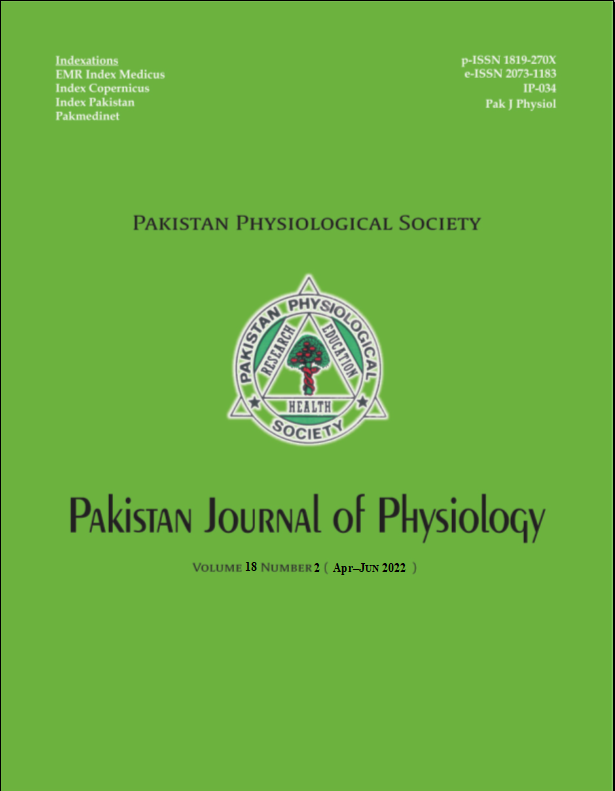EFFECT OF ANGER EXPRESSION ON MENTAL WELLBEING AND EMOTIONAL EXPRESSIVITY OF ORPHANS AND NON-ORPHANS
DOI:
https://doi.org/10.69656/pjp.v18i2.1425Keywords:
Anger expression, Mental well-being, Emotional expressivity, OrphanAbstract
Background: Orphan-hood is a stage that includes numerous mental and emotional problems. Lack of control on emotions puts orphans at risk of uneasiness. The aim of this study was to see the relationship between anger expressions on mental wellbeing and emotional expressions of orphans and non-orphans. Methods: This was a cross-sectional survey conducted from April to June 2021. Data were collected from the orphan and non-orphan adolescent students aged 13–19 years, studying in different institutes of Haripur, Pakistan. After informed consent, State Trait Anger Expression Inventory (STAXI), Short Warwick Edinburg Well-being Scale (SWEMWBS), and Emotional expressivity questionnaires were self-administered by authors and analysed on SPSS-20. Result: Sample size was 200 orphan and non-orphan adolescent students, with equal proportion of males and females. Anger expression was positively linked with emotional expressivity (r=0.29, p<0.001), and anger expression was negatively linked with mental wellbeing (r= -0.45, p<0.001). Orphan students scored high on anger expression (27.62±5.4) and emotional expressivity (55.28±5.79) as compare to non-orphans (23.59±5.79 and 53.31±5.99 respectively). Conclusion: Anger expression is positively linked with emotional expressivity and negatively linked with mental wellbeing. Girls are shyer to express their feelings compared to boys. Boys are more engaged in verbal and physical aggression than girls. Orphan boys show more aggression because they face a lot of adjustment and many other difficulties in institutions.
Pak J Physiol 2022;18(2):62–5
Downloads
Downloads
Published
How to Cite
Issue
Section
License
The author(s) retain the copyrights and allow their publication in Pakistan Journal of Physiology, Pak J Physiol, PJP to be FREE for research and academic purposes. It can be downloaded and stored, printed, presented, projected, cited and quoted with full reference of, and acknowledgement to the author(s) and the PJP. The contents are published with an international CC-BY-ND-4.0 License.











